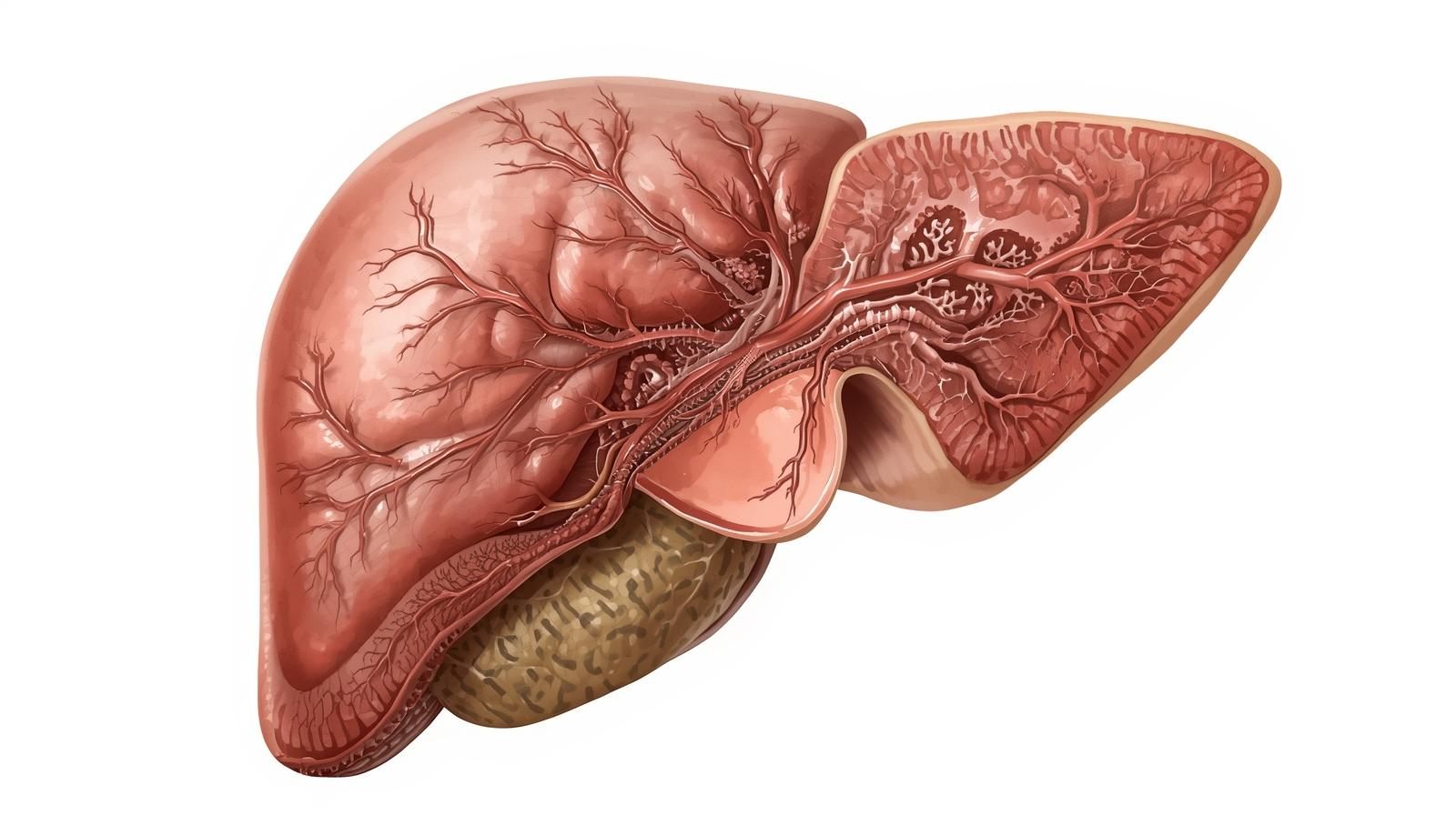Mercury - The hidden Toxin
Mercury: The Hidden Toxin Affecting Body and Mind
Mercury is one of the most toxic elements found in nature, yet it continues to circulate through the environment, food chain, and even household products. Despite being a naturally occurring metal, mercury poses serious risks to human health—both physical and mental—when exposure levels rise above safe limits. Understanding where mercury comes from, how it affects the body, and what can be done to minimize exposure and support detoxification is essential for maintaining long-term wellbeing.
What Is Mercury?
Mercury is a heavy metal that exists in several forms: elemental (metallic), inorganic, and organic. Each form has distinct properties and pathways of exposure.
- Elemental mercury is the silvery liquid metal once used in thermometers and fluorescent light bulbs. It can vaporize at room temperature, making inhalation a major risk.
- Inorganic mercury compounds form when mercury combines with other elements like chlorine or sulfur. These are often found in industrial processes and some skin-lightening creams.
- Organic mercury compounds, such as methylmercury, are created when mercury interacts with carbon-containing molecules. Methylmercury is the most toxic form and accumulates in fish and seafood.
Mercury does not degrade or disappear; it cycles through air, water, and soil, accumulating in living organisms and magnifying up the food chain.
How Mercury Affects Physical Health
Mercury is a potent neurotoxin and cellular disruptor. Once inside the body, it binds to proteins and enzymes, interfering with essential biological processes. The effects depend on the form of mercury, the level of exposure, and individual susceptibility.
1. Nervous System Damage
Mercury’s most well-known impact is on the nervous system. It crosses the blood-brain barrier and accumulates in brain tissue, where it disrupts neurotransmitter function and damages neurons. Symptoms of mercury toxicity can include:
- Tremors and muscle weakness
- Numbness or tingling in the hands, feet, or face
- Poor coordination and balance
- Memory loss and cognitive decline
- Vision and hearing disturbances
In severe cases, mercury poisoning can lead to irreversible neurological damage. Children and developing fetuses are particularly vulnerable because mercury interferes with brain development, leading to learning disabilities, developmental delays, and behavioral issues.
2. Cardiovascular Effects
Mercury exposure has been linked to increased risk of hypertension, heart attacks, and atherosclerosis. It promotes oxidative stress and inflammation in blood vessels, impairing their ability to relax and regulate blood flow. Studies suggest that even moderate levels of mercury can elevate blood pressure and reduce heart rate variability, both markers of cardiovascular strain.
3. Immune System Suppression
Mercury weakens the immune system by altering white blood cell function and promoting chronic inflammation. This can make the body more susceptible to infections and autoimmune conditions. Some research indicates that mercury exposure may trigger or worsen autoimmune diseases such as lupus and multiple sclerosis.
4. Kidney and Liver Damage
The kidneys and liver are the body’s main detoxification organs, and they bear the brunt of mercury accumulation. Mercury binds to sulfur-containing molecules in these organs, impairing their ability to filter toxins. Chronic exposure can lead to proteinuria (protein in the urine), reduced kidney function, and liver enzyme imbalances.

5. Reproductive and Endocrine Disruption
Mercury interferes with hormone production and reproductive health. In women, it can disrupt menstrual cycles and fertility. In men, it may reduce sperm count and motility. Mercury also affects thyroid function, leading to symptoms such as fatigue, weight changes, and mood swings.
How Mercury Affects Mental Health
The connection between mercury and mental health is profound. Because mercury accumulates in the brain, it can alter mood, cognition, and emotional regulation.
1. Anxiety and Depression
Mercury disrupts neurotransmitters like serotonin and dopamine, which are critical for mood balance. Chronic exposure has been associated with increased rates of anxiety, depression, and irritability. People with mercury toxicity often report mood swings, restlessness, and emotional instability.
2. Cognitive Impairment
Mercury impairs memory, attention, and executive function. Even low-level exposure can reduce mental clarity and focus. In children, prenatal or early-life exposure can lead to lower IQ scores and learning difficulties.
3. Sleep Disturbances
Mercury affects the pineal gland and melatonin production, leading to insomnia or poor sleep quality. Sleep disruption further compounds the mental and physical effects of mercury toxicity.
4. Neurological Disorders
Long-term mercury exposure has been linked to neurodegenerative diseases such as Alzheimer’s, Parkinson’s, and multiple sclerosis. While mercury is not the sole cause, it contributes to oxidative stress and inflammation that accelerate neuronal damage.
Common Sources of Mercury Exposure
Mercury exposure can occur through various environmental, dietary, and occupational sources. Understanding where it comes from is the first step in reducing risk.
1. Seafood
Fish and shellfish are the most common dietary sources of mercury, particularly methylmercury. Large predatory fish accumulate the highest levels because they eat smaller fish that already contain mercury. High-mercury species include:
- Swordfish
- Shark
- King mackerel
- Tuna (especially albacore and bigeye)
- Tilefish
Smaller fish like sardines, salmon, and trout generally contain lower levels and are safer choices.
2. Dental Amalgams
Silver-colored dental fillings, known as amalgams, contain about 50% elemental mercury. Over time, small amounts of mercury vapor can be released, especially when chewing or grinding teeth. While the levels are typically low, individuals with multiple fillings or sensitivity to mercury may experience symptoms.
3. Industrial Pollution
Coal-burning power plants, mining operations, and waste incineration release mercury into the atmosphere. It eventually settles into water bodies, where microorganisms convert it into methylmercury that enters the food chain.
4. Household and Consumer Products
Certain older products still contain mercury, including fluorescent light bulbs, thermometers, barometers, and some batteries. Improper disposal can release mercury into the environment.
5. Skin-Lightening Creams and Cosmetics
Some unregulated cosmetic products, particularly skin-lightening creams, contain inorganic mercury compounds. These can be absorbed through the skin and cause systemic toxicity.
How to Reduce Mercury Exposure
Reducing mercury exposure involves both lifestyle choices and environmental awareness. Small, consistent actions can significantly lower the body’s mercury burden.
1. Choose Low-Mercury Seafood
Opt for fish lower on the food chain, such as:
- Salmon
- Sardines
- Anchovies
- Herring
- Trout
Limit consumption of high-mercury fish to once a month or less. Pregnant women, nursing mothers, and young children should avoid them entirely.

2. Evaluate Dental Fillings
If mercury amalgam fillings are present, consult a biological or holistic dentist about safe removal. The process must be done carefully to prevent mercury vapor exposure during extraction.
3. Avoid Mercury-Containing Products
Replace fluorescent bulbs with LED alternatives, dispose of old thermometers safely, and avoid unregulated cosmetics or skin creams that may contain mercury.
4. Support Clean Energy and Environmental Policies
Advocating for cleaner energy sources and stricter pollution controls helps reduce mercury emissions globally. Supporting sustainable seafood practices also minimizes environmental contamination.
Natural Detoxification and Mercury Elimination
The body has built-in detoxification systems, but they can become overwhelmed by chronic exposure. Supporting these systems through nutrition, lifestyle, and targeted therapies can enhance mercury elimination.
1. Nutritional Support
Certain nutrients and foods help bind and remove mercury from the body:
- Sulfur-rich foods: Garlic, onions, and cruciferous vegetables (broccoli, kale, cauliflower) support liver detox pathways.
- Selenium: Found in Brazil nuts, eggs, and fish, selenium binds to mercury and reduces its toxicity.
- Vitamin C and E: Antioxidants that protect cells from oxidative stress caused by mercury.
- Chlorella and Spirulina: Algae that can bind to heavy metals and support elimination through the digestive tract.
- Cilantro: Believed to mobilize mercury from tissues, though it should be used cautiously and ideally under professional guidance.

2. Hydration and Fiber
Adequate water intake supports kidney function, while dietary fiber helps bind toxins in the gut and promote regular elimination.
3. Sweating and Exercise
Sweating through exercise or sauna therapy can help excrete small amounts of mercury and other toxins through the skin. Regular physical activity also boosts circulation and lymphatic flow.
4. Chelation Therapy
In cases of significant mercury toxicity, medical chelation therapy may be necessary. Chelating agents such as DMSA or DMPS bind to mercury and facilitate its excretion through urine. This should only be done under medical supervision, as improper use can redistribute mercury and worsen symptoms.
5. Gut Health and Detox Pathways
A healthy gut microbiome supports detoxification by breaking down toxins and preventing reabsorption. Probiotic-rich foods like yogurt, kefir, and fermented vegetables can strengthen gut integrity and aid in toxin elimination.
Supporting Mental and Emotional Recovery
Detoxifying from mercury is not only a physical process but also a mental and emotional one. As mercury levels decrease, mood and cognitive function often improve, but recovery can take time.
- Mindfulness and stress reduction: Practices like meditation, yoga, and deep breathing help regulate the nervous system and reduce oxidative stress.
- Adequate sleep: Restorative sleep supports brain detoxification through the glymphatic system.
- Nutrient-dense diet: Whole foods rich in antioxidants, omega-3 fatty acids, and B vitamins nourish the brain and promote healing.
- Professional support: Working with a nutritionist, functional medicine practitioner, or health coach can provide personalized guidance for safe detoxification.
The Bigger Picture: Mercury and Environmental Health
Mercury pollution is not just a personal health issue—it’s an environmental crisis. Industrial emissions, deforestation, and mining release mercury into ecosystems, where it contaminates water and wildlife. Protecting personal health goes hand in hand with protecting the planet.
Reducing mercury exposure requires collective action: supporting clean energy initiatives, reducing waste, and choosing sustainable seafood. Every individual choice contributes to a larger shift toward a cleaner, healthier world.
Conclusion
Mercury is a silent but pervasive toxin that affects nearly every system in the body. From neurological and cardiovascular damage to mood disorders and immune dysfunction, its impact is far-reaching. Yet, awareness and proactive choices can dramatically reduce exposure and support recovery.
By choosing low-mercury foods, avoiding contaminated products, supporting detoxification through nutrition and lifestyle, and advocating for environmental responsibility, it is possible to protect both personal health and the planet. Mercury may be a natural element, but its effects are anything but benign—understanding and addressing them is a vital step toward holistic wellbeing.

